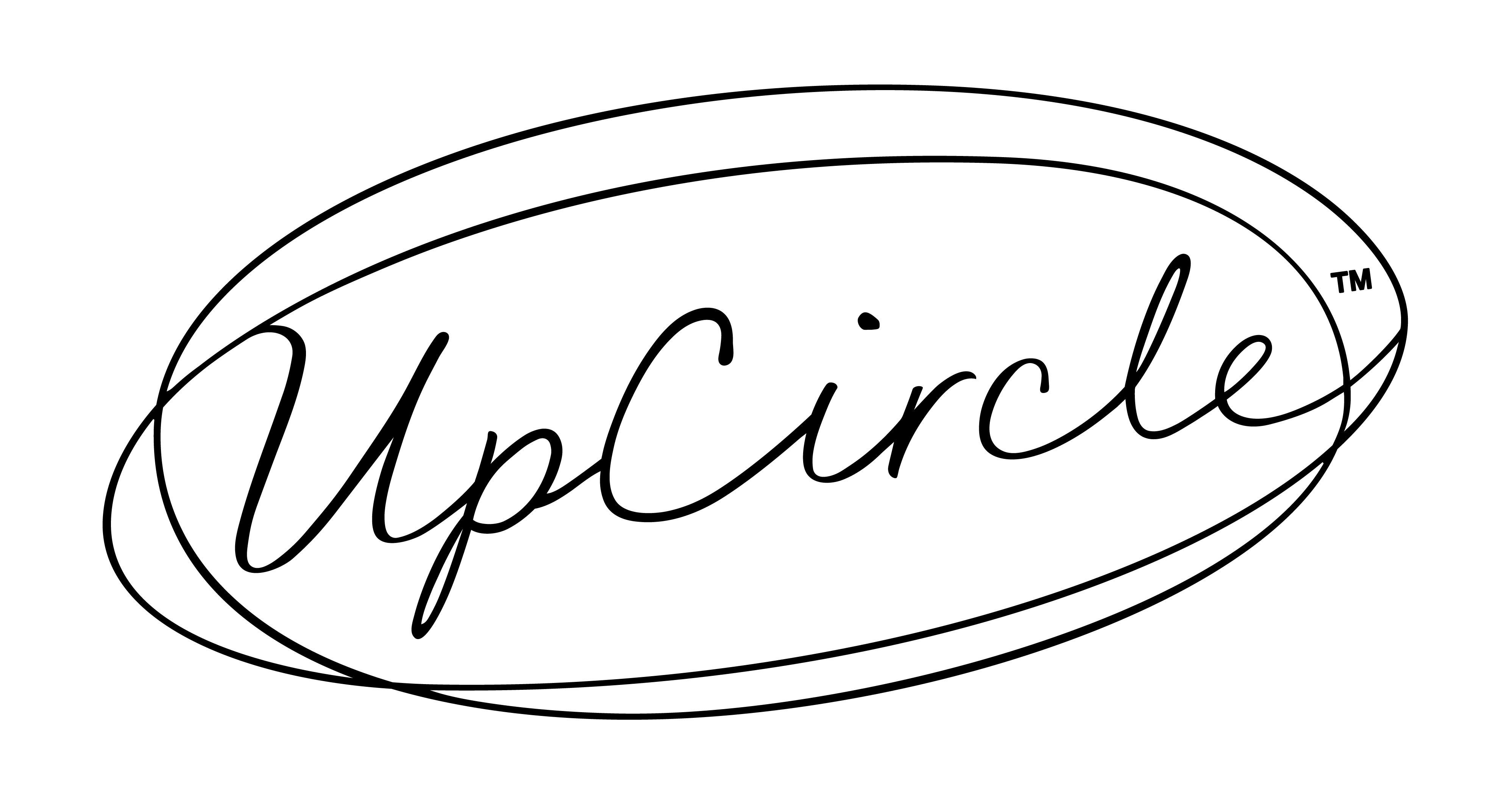Microbeads, remember them? They’re those tiny dots that were all the rage a few short years ago. Open virtually any facial cleanser and there they were, glittering in the bathroom light. In fact, you couldn’t really escape them, they were everywhere; from scrubs to shampoos to toothpastes - it’s a wonder when they weren’t thrown instead of confetti at weddings.
They were banned in the UK in 2017, but what lies behind the cautionary tale of the microbead? What are the reasons for its sudden popularity and its dramatic fall, did anything replace them, and vitally, did they even work?
The early success
Microbeads are defined as ‘solid plastic particles less than a millimetre in size’. They became exceptionally popular for use in care products in the late 1990s - with a whole range of unsubstantiated claims backing their widespread use. “Wow” one manufacturer would exclaim “look how these beads rub away plaque!” all the while watching his toothpaste sales soar.
“Hey” another would say “with microbeads you can use our exfoliator twice a day!”, fully aware that the more often people used their products the more often they’d go back to the supermarket for more.
It was truly goldrush time when it came to pushing the miraculous properties of these beads, no-one wanted to be left behind. It just so happened that no-one mentioned just how much cheaper these new-fangled beads were compared to the natural alternatives used before - how convenient.
Things take a turn
In the early 2000’s scientists began to notice something. These tiny plastic pieces were making their way into large bodies of water, from rivers, to lakes, to the oceans. They also noticed something remarkable, these pieces were acting just like a sponge, absorbing toxins from the surrounding water (often in sewer systems); resulting in beads that were up to a million times more toxic than their environment.
Despite these beads being, for want of a better word, filthy, the tiny colourful pellets also looked a fair bit like fish food. Whether inadvertent or deliberate, these beads began to end up inside the fish where, again, the toxins would become more concentrated. As with most things, attention was only really brought to the matter when people realised that it was their health on the line. As the next step up the food chain, it soon dawned on the general public that eating a fillet O'fish meant eating a load of these harmful chemicals, where, yet again, they would become concentrated in the human body; impacting brain function, the immune system and even affecting fertility. Clearly something had to be done.
The dramatic fall
By the end of the decade, public opinion was turning. Microbeads were no longer seen as the latest must-have in cosmetics, instead they were increasingly being viewed as an outdated relic of a time best left forgotten. However, manufacturers kept ploughing on, with some introducing beads they claimed to be biodegradable. While these did break down thanks to the friendly bacteria in soil, there was no evidence that this happened while floating in the sea, and besides, they were still a magnet for toxins.
Fortunately, a number of high profile petitions around the world finally made governments sit up and take notice. After all, they didn’t think something so small could become such a big problem. Thanks to their efforts, products with microbeads will no longer be allowed to be made or sold in the UK as of June 2018, closely followed by the US - the world’s biggest microbead polluter. It’s a big victory for marine life, with reports of jellyfish high-fiving in oceans around the world.
The aftermath
Okay, it’s a big win for the environment, a huge “1-0’ written on the sustainability scoreboard. But what about the thousands of people scrambling around for a replacement, desperately fighting pores, blackheads and the fear of dry skin, what alternatives are out there? Well luckily you don’t have to look too far. Some manufacturers have seen the error of their ways and have reverted to using previous, natural materials such as ground apricot stones instead. Others have radically rethought the whole point of microbeads. For example, UpCircle's range of natural coffee scrubs use leftover grounds as a natural exfoliant, harmless when washed away.
Every tale has a moral, a lesson that we can learn and take away. While the rise and fall of the microbead may have been a modern-day tragedy, it’s gone a long way to highlight the bigger issue of plastic pollution in our seas and oceans, as well as broader sustainability. UpCircle have taken these lessons on board and are committed to not only having zero impact, but a positive one - undoing years of environmental damage through our ethical, cruelty-free approach to business.
Microbead: No more need.







